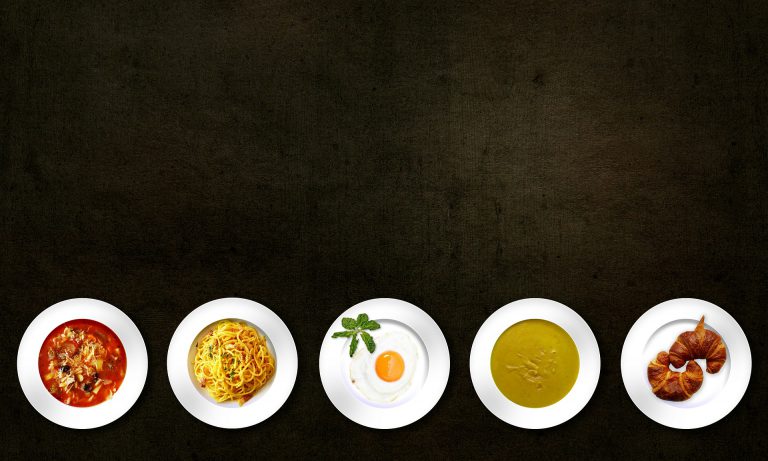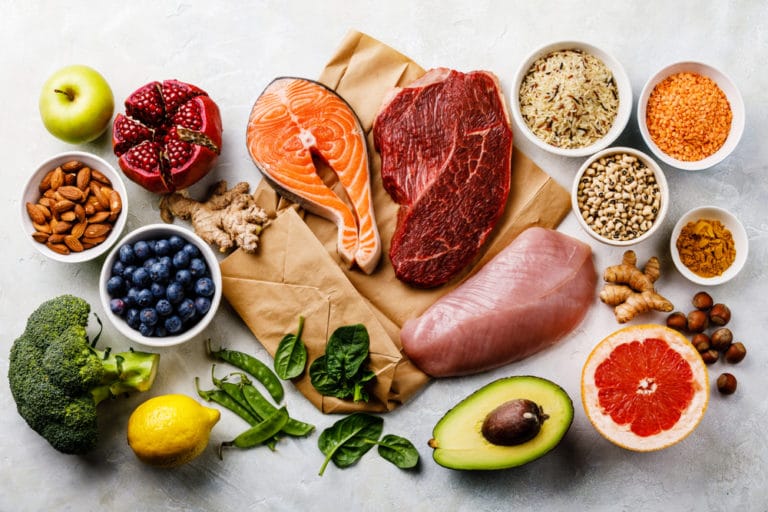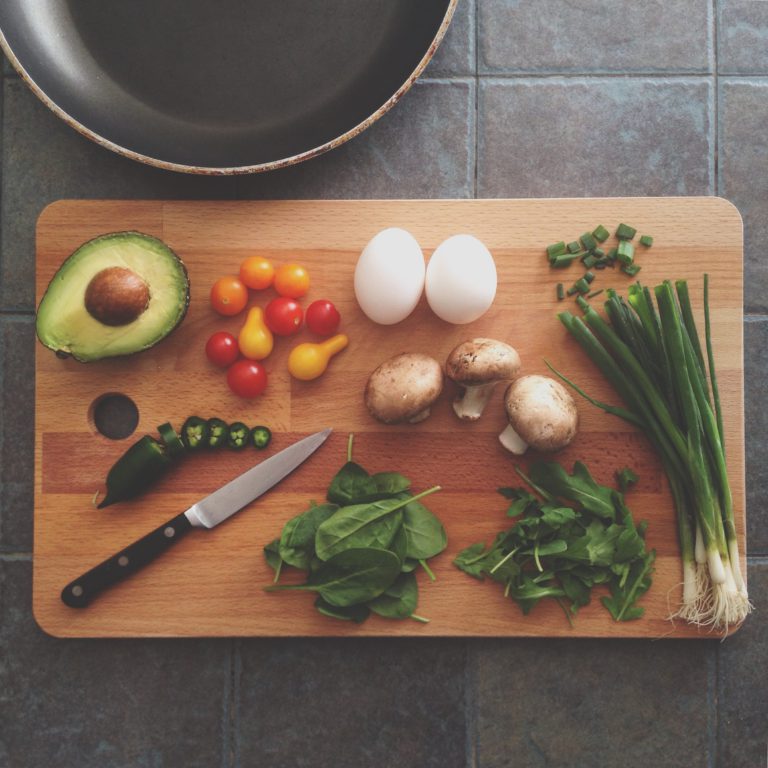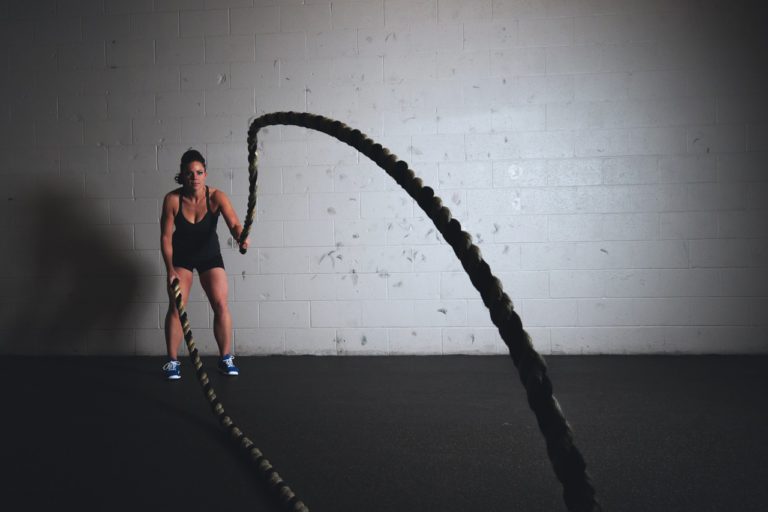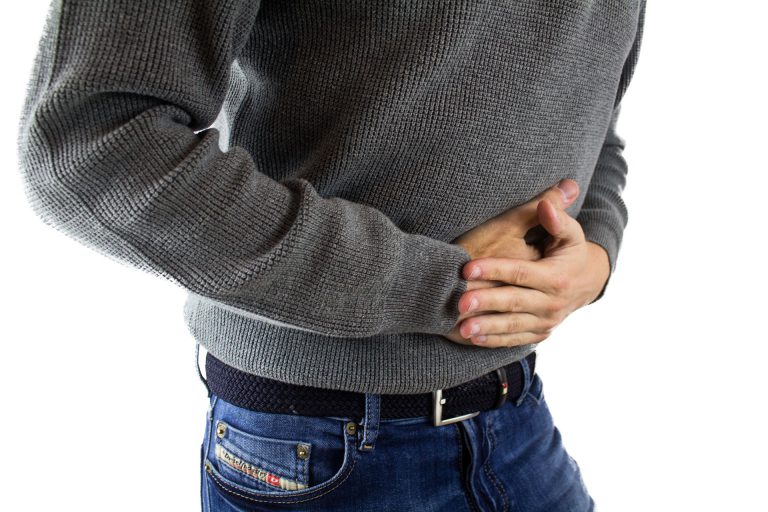Can Nutrition Labels Support a Healthier Lifestyle?
Nutritional labels are important as they describe the nutrient content of a food item and how many calories there are in a serving. This allows us to see what each food product is made of and helps us, at least in theory, make better dietary choices. But does it really work? Are calories a good indicator to keep us on the healthy lifestyle path?
Calories (kcal) are the amount of energy your body releases when digesting and absorbing the food you eat. Most guidelines for daily calorie intake indicate that men need around 2,500 kcal a day and women about 2,000 kcal to provide enough energy for your body to function. Eating more calories than you burn off can cause obesity as the excess calories are stored as body fat. But how many of us actually read the nutritional facts before we buy or consume food items? There’s evidence that current nutrition information on food/drinks is having a limited effect on changing purchasing or eating behaviors.
A recent study published by Loughborough University, examined the impact of replacing calories with “Physical Activity Calorie Equivalent” (PACE) food labelling. PACE labelling aims to provide information about the amount of physical activity required to expend the calories in food/drinks. For example, knowing that it would take four hours to walk off the calories in a pizza or 22 minutes to run off a chocolate bar, might lead to increased awareness of the energy cost of food rather than listing calories alone.
The study showed that when PACE labelling was displayed on food/drinks and menus, significantly fewer calories were selected and consumed, compared with other types of food labelling. This could lead to a decrease of about 200 calories from a person’s daily average intake, according to the researchers from Loughborough University, who looked at 14 studies on PACE labelling.
According to lead researcher Prof Amanda Daley, the main goal is to get people to make good decisions about what they eat and try to get everyone more physically active. Labelling food and drinks with “exercise calories” is likely to make it easier for people to understand what they are eating and encourage them to make better choices. PACE labelling will remind people of the fact that when any food is consumed, there is an energy cost that needs to be considered. It can be a useful tool to help us better understand what a calorie means and thereby enabling us to decide whether the calories are “worth it”. So before consuming a delicious chocolate cake, you may want to ask yourself if you want to spend two hours burning it off!
So next time we are in the store or a restaurant, let’s take a minute to study the nutrition label to make sure that we are making good choices when it comes to selecting with what we treat our body.

